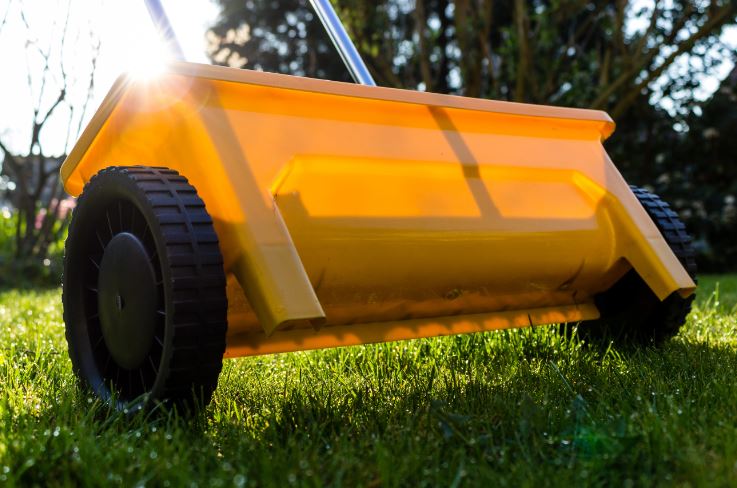12 April 2017

First things first, pick up debris and rake out dead leaves and branches on your lawn including the few feet along the street where any snow plowing debris are found. This area along the curb may need some special attention, too much road salts can kill grass. Rake out any dead grass and apply some Love Your Lawn - Love Your Soil to neutralize the salts in the soil. Re-seed and fertilize lawn in the areas where necessary. Mow the lawn if it needs it to give it a wake-up call so the grass blades and roots to start growing again. This action of mowing is similar to a forest fire when the trees and underbrush start to re-grow lush and green. Applying Green Up can be helpful to start healthy lawn growth at this time.
Did you analyze what went right or wrong from your lawn program last year? Did you have crabgrass in the summer? Were broadleaf weeds a problem? Did certain areas not respond as you expected when fertilized? Many homeowners are experiencing too much crabgrass in summer even when they put down a pre-emergent crabgrass preventer in spring. We find too many homeowners wanting to put down crabgrass preventer too early in the spring season. If you use Crabgrass Preventer plus Green Up you can apply up to 4 weeks later than other crabgrass products, you should get better control into the summer season. If you are planning on seeding the lawn this spring, do not use Crabgrass Preventer plus Green Up; look for Crabgrass Preventer plus New Seeding Fertilizer. This allows seeding the same day.
If you are experiencing too much crabgrass year after year, you need to create a better growing environment for desirable grass to grow and not crabgrass. Crabgrass usually thrives when there are bare spots, or disruptions on the lawn from foot traffic or along the curb line from walking dogs. Poor soil conditions such as low soil pH can also lead to a poor lawn and the lack of competition allows crabgrass to invade these areas. Have you tested your soil pH? Do you have some drainage problems that do not allow grass to grow properly? What have you done for your soil lately? Adjust soil pH if necessary with Mag-I-Cal so your pH is between 6.2 to 7.0 for best grass growth.
What about broadleaf weeds such as dandelion, clover and chickweed? These weeds also thrive from the lack of grass competition and low soil pH conditions. Consider re-seeding bare spots this spring. If you want to re-seed your whole lawn this is best done in early fall. Some broadleaf weeds can be prevented with an application in early spring of Crabgrass Preventer plus Green Up provided you apply before the target weed seed germinates. Broadleaf weeds can be effectively controlled in late spring when they are actively growing and air temperatures are consistently above 60 degrees with Lawn Weed Control. Be sure to follow all label directions for best results.
Did you winterize your mower last fall? If not, consider an oil change and cleaning of the housing and check spark plugs, etc. and sharpen the blade, be safe! Use a Monnick Supply for these tasks if you do not feel comfortable doing these chores yourself.
What you do for your lawn this spring will determine how well your lawns thrives and survives this summer. While it is hard to predict Mother Nature, if a severe heat wave and or drought comes along let’s hope we can thrive through these tough times. Let’s have a great lawn year!
For more information on lawn care, contact Monnick Supply. Or, come visit on April 22, from 10am to 4pm when we’ll give you all the lawn care guidance you need.
jonathangreen.com